Case Study: Mexico Engineers Increase Throughput with Mold Flipper
Are you running a steel mill and constantly fighting bottlenecks in your production line? You invest in massive, high-tech machinery, but a simple, often overlooked process holds everything back: handling and turning heavy molds. This slow, manual step is not just inefficient; it's a major safety hazard and a silent killer of your plant's overall throughput. I've seen it time and time again. A plant might have a state-of-the-art caster, but if the mold shop can't keep up, the entire operation suffers. You are leaving money on the table every single day, and the risk of a serious accident looms constantly. This is a problem you can't afford to ignore.
Engineers in Mexico are increasing their steel mill's throughput by implementing a dedicated mold flipper. This machine automates the process of turning heavy molds for maintenance or preparation. It replaces slow and dangerous overhead crane operations with a fast, safe, and controlled ground-level system. This single change drastically reduces cycle times, frees up the crane for other critical tasks, and eliminates a significant bottleneck in the production flow.
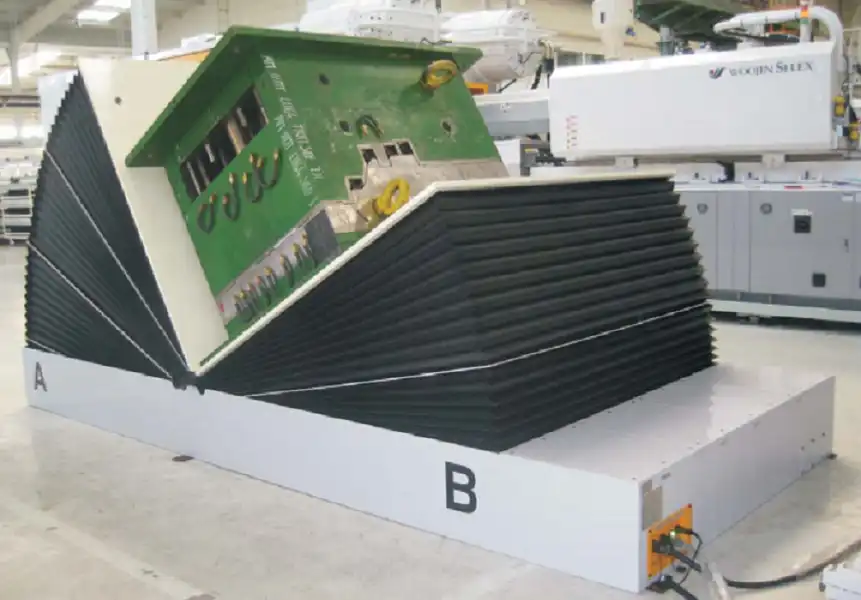
I've spent my career in the packing and handling equipment industry, first as an engineer and now as a factory owner myself. The journey has taught me that the biggest gains often come from solving the most fundamental problems. The story of improving throughput in a Mexican steel mill isn't just about a single piece of equipment. It's about a shift in thinking. It’s about looking at your entire process and identifying the weak links. In this case, that link was mold handling. Let’s break down how this solution works and why it’s so effective. I want to share the practical insights I've gained so you can see if a similar approach could work for you.
How Does a Mold Flipper Directly Address Safety and Efficiency Bottlenecks?
In any busy steel plant, you know the overhead crane is the king. But it's also one of the biggest bottlenecks. Every department needs it. When your mold shop has to wait for a crane just to perform a simple turning operation, your entire production schedule feels the delay. Worse, using a crane with slings and chains to flip a multi-ton, awkwardly shaped mold is one of the most dangerous jobs on the floor. A small miscalculation, a worn sling, or a moment of inattention can lead to a catastrophic failure. This isn't just a hypothetical problem. I have seen the aftermath of such incidents, and they are costly in every sense of the word.
A mold flipper directly addresses these bottlenecks by creating a dedicated, optimized station for turning molds. It eliminates the need to wait for an overhead crane and replaces a high-risk, multi-person rigging and turning process with a simple, push-button operation controlled by a single worker at a safe distance. This cuts the turning time from 20-30 minutes down to less than 3 minutes, dramatically improving both safety and workflow efficiency.
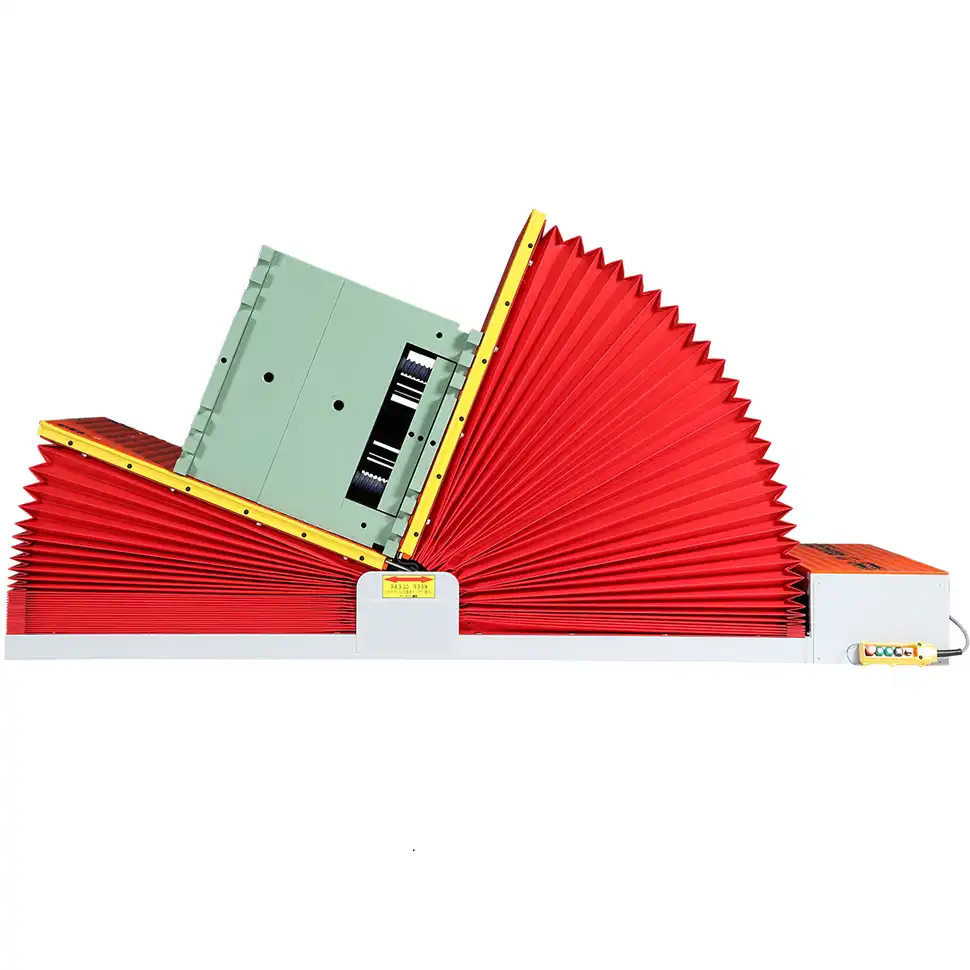
Let's dive deeper into how this one machine solves two huge problems at once. It’s not just about doing the same job faster; it’s about fundamentally changing how the job is done to make it better in every way. From my engineering background, I always look for solutions that are robust, simple, and effective. The mold flipper is a perfect example of this philosophy in action.
The Safety Transformation
The first and most important impact is on safety. An overhead crane is designed to lift and move loads, not to perform complex turning maneuvers close to the ground. The risks are substantial. You have suspended loads, pinch points, and the potential for the load to slip or shift unexpectedly. This requires highly skilled riggers and a crane operator working in perfect sync.
A mold flipper, on the other hand, is purpose-built for one job: turning a heavy object safely. The mold is loaded onto a stable platform at ground level. It is secured in place, and the turning is done within the machine's controlled, predictable path of motion. The operator stands at a control panel, away from the moving parts. This design eliminates the most significant risks associated with the old method. There's no suspended load to worry about and no complex rigging to manage. This change alone can have a massive positive impact on your plant's safety record and worker morale. When workers feel safe, they are more focused and productive.
Unlocking Efficiency Across the Plant
Now, let's talk about efficiency. The most obvious gain is the time saved per turn. But the true benefit is much bigger.
| Process Step | Traditional Crane Method | Mold Flipper Method |
|---|---|---|
| 1. Wait for Crane | 5 - 20 minutes | 0 minutes |
| 2. Rigging/Securing | 5 - 10 minutes | 2 minutes (forklift places load) |
| 3. The Turn | 2 - 5 minutes | 1 minute |
| 4. Unrigging/Moving | 3 - 5 minutes | 2 minutes (forklift removes load) |
| Total Time | 15 - 40 minutes | ~5 minutes |
As the table shows, the direct time saving is huge. But the indirect, system-wide benefit is even more significant. While the mold flipper is doing its job, the overhead crane is now free. It can be used for what it's best at: moving steel coils, loading trucks, or servicing the caster. You have effectively removed the mold shop as a competitor for crane time. This single change can de-congest your entire workflow. I had a client in the steel wire sector who found that installing a dedicated upender for their wire coils freed up their main crane so much that they postponed a planned purchase of a second crane, saving them hundreds of thousands of dollars. The same principle applies here. This is how you achieve a goal like 95% capacity utilization—by eliminating the small, hidden delays that add up.
What is the Real ROI of a Mold Flipper Beyond Just Speed?
When a CEO or a plant owner like Javier Morales looks at a new piece of equipment, the first question is always "What's the ROI?". Too often, the analysis stops at the simple calculation of labor time saved. This is a mistake. If you only look at speed, you're missing the most compelling financial reasons to invest. You're seeing the tip of the iceberg but ignoring the massive block of ice underneath. The real return on investment comes from the costs you avoid and the new opportunities you create.
The real ROI of a mold flipper extends far beyond speed. It includes significant cost savings from preventing damage to expensive molds, reducing equipment downtime, lowering insurance and labor costs associated with accidents, and freeing up high-value assets like overhead cranes for more productive work. These combined factors can deliver a payback period of less than 12-18 months.
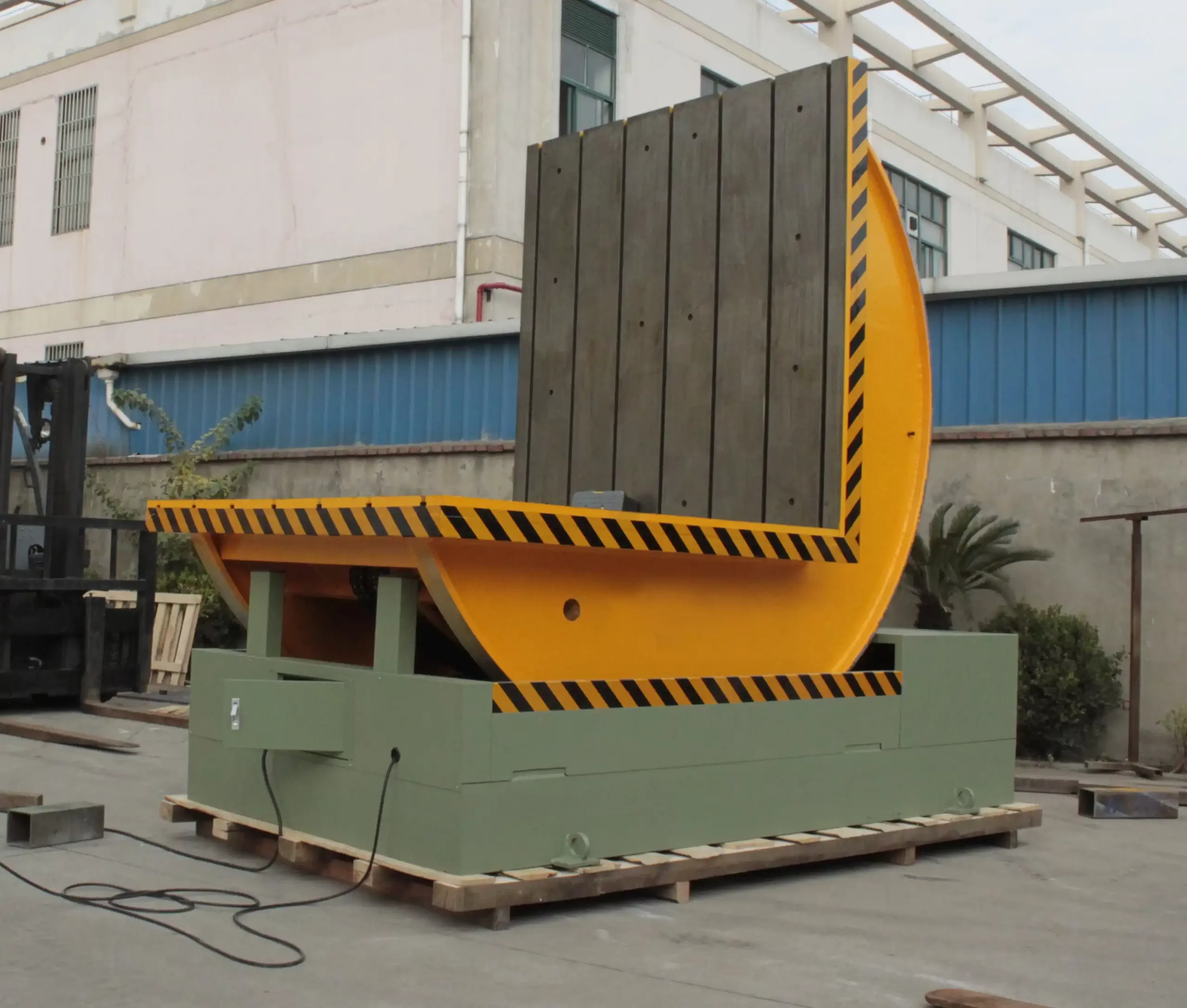
To make a smart investment decision, you need to see the full picture. As an engineer who later became a business owner, I learned to look at every aspect of an operation. Let’s break down the true ROI of a mold flipper, moving from the obvious numbers to the powerful, harder-to-measure benefits that ultimately drive profitability.
Calculating the Hard, Tangible Returns
First, let's quantify the direct financial benefits. These are the numbers you can take to your finance department.
| ROI Component | Calculation | Example Annual Savings |
|---|---|---|
| Labor Savings | (Time saved per turn) x (Turns per day) x (Labor rate) x (Workdays) | A 20-minute saving per turn, 10 times a day, can easily save over 800 hours of skilled labor per year. |
| Increased Throughput | (Extra molds processed per day) x (Value per mold cycle) x (Workdays) | Processing just 2-3 extra molds a day can directly increase production output, adding significant revenue. |
| Crane Availability | (Crane time saved per day) x (Value of crane time) x (Workdays) | Freeing up your main crane for 2-3 hours daily allows for more high-value lifts, directly impacting sales and logistics. |
| Damage Prevention | (Cost of one damaged mold) x (Likelihood of incident per year) | A single steel casting mold can cost tens of thousands of dollars. Preventing just one accident can pay for the flipper. |
When you add these up, the financial case becomes very strong. I remember a client who was initially hesitant. After we ran the numbers, they realized that the cost of the machine was less than the cost of one major mold repair, which they experienced about once every two years. The decision became obvious.
The "Softer" Returns That Boost the Bottom Line
Beyond the hard numbers, there are other benefits that are incredibly valuable. These are the things that separate a good plant from a great one.
- Reduced Insurance Premiums: Your insurance provider loves to see proactive risk management. Installing certified, safety-enhancing equipment can be a strong negotiating point to lower your liability premiums.
- Improved Employee Morale and Retention: When you invest in making a dangerous job safe, your team notices. They feel valued and respected. This leads to higher morale, lower turnover, and a more positive company culture. It's much cheaper to keep a skilled worker than to train a new one.
- Process Predictability: A mold flipper introduces consistency. A turn always takes the same amount of time. This predictability is a cornerstone of modern manufacturing and smart scheduling. It eliminates a major variable from your daily planning, making it easier to meet production targets and hit that 95% utilization goal. This is a direct answer to the challenge of managing production stability.
Why is Integration with Existing Systems Key for a Successful Mold Flipper Project in Mexico?
Buying a standalone machine is one thing. Making it a productive part of your factory is a completely different challenge. I've seen companies in Mexico and all over the world invest in great technology, only to have it underperform because it was treated as an isolated "island." It doesn't talk to their other systems, it disrupts the flow of materials, and it doesn't align with local regulations. A successful project, especially for a forward-thinking owner like Javier, requires thinking about integration from the very beginning. The goal is not just to add a machine; it's to enhance the entire system.
Integration is key because a mold flipper is not an isolated island of efficiency. For a steel mill in Mexico aiming for digitalization and operational excellence, the flipper must seamlessly connect with the Manufacturing Execution System (MES) for tracking, align with floor logistics for smooth material flow, and comply with local safety standards like NOM to be a true asset, not a future problem.
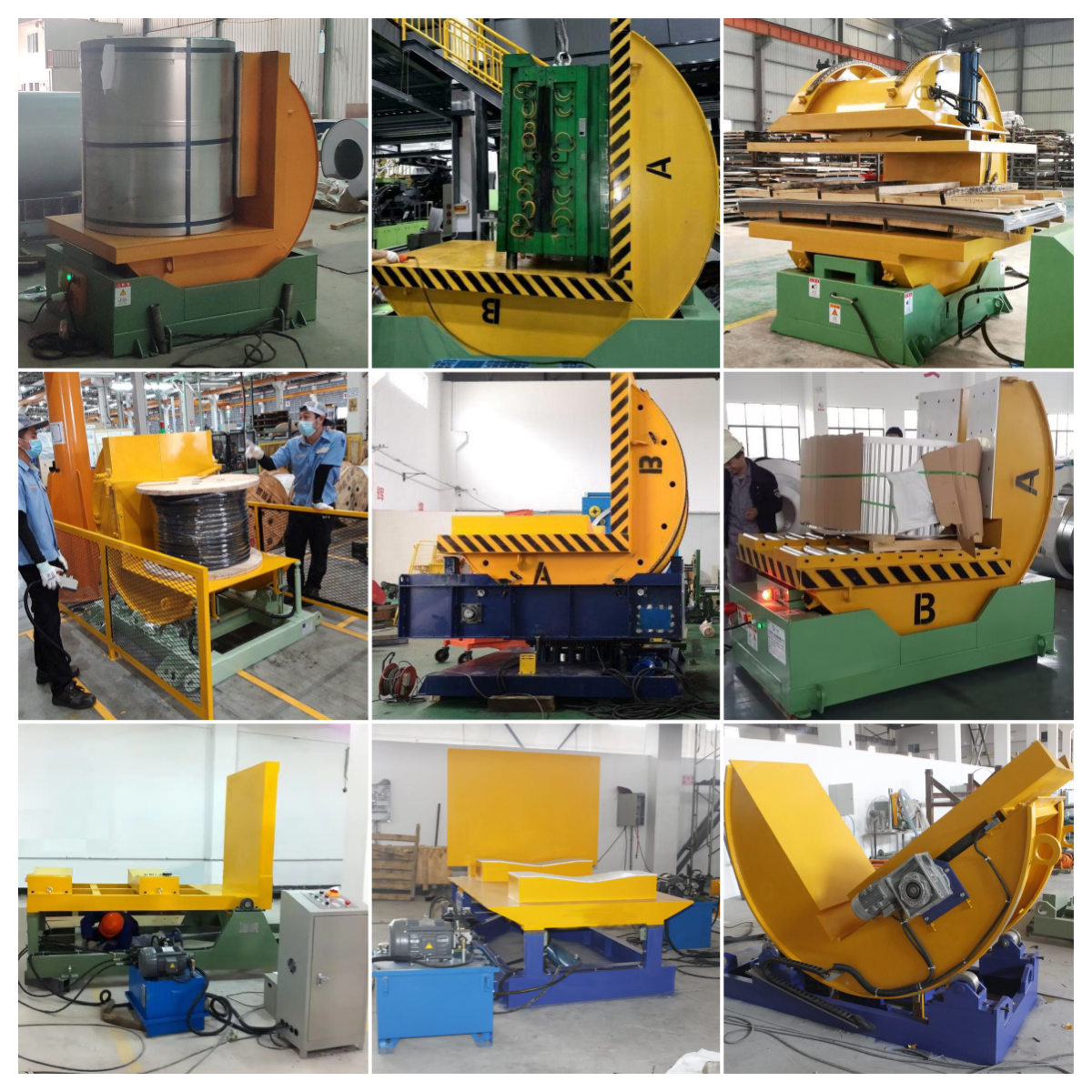
From my experience helping clients, a successful installation is 30% about the machine itself and 70% about the planning and integration surrounding it. This is where a true partner adds value, going beyond just selling a piece of equipment. Let's explore the critical layers of integration that must be considered for a project in a market like Mexico.
Logistical and Physical Integration
This is the most basic level, but it's often overlooked. You have to consider how the machine fits into the physical space and the flow of work.
- Footprint and Layout: Where will the machine go? You need to analyze the path of forklifts or cranes that will bring molds to and from the flipper. A poor location can create new traffic jams, defeating the purpose of improving efficiency.
- Material Flow: The goal is a smooth, continuous flow. The flipper should be positioned logically between the mold storage area, the cleaning/maintenance bays, and the casting area. We often use simple process mapping to visualize this and find the optimal location before a single bolt is installed.
- Utilities: Does the location have easy access to the required power? For hydraulic units, are there considerations for potential fluid leaks? Planning for these details in advance prevents costly rework and delays during commissioning.
Digital and Data Integration
For a leader focused on digitalization, this is crucial. The machine should not be a "dumb" piece of steel. It should be a data-generating node in your smart factory.
- MES Connectivity: The mold flipper's control system (PLC) should be able to communicate with your MES. This allows you to track key data automatically. How many molds were turned today? What was the average cycle time? Is the machine online or offline? This data is vital for achieving production visualization and identifying trends.
- Predictive Maintenance: By adding simple IoT sensors—for motor vibration, temperature, or hydraulic pressure—you can collect data that feeds a predictive maintenance program. Instead of waiting for a breakdown, your system can alert you that a component is wearing out. This is a direct path to increasing equipment uptime to that target of 95%.
- Remote Monitoring and Control: Modern control systems can allow for remote diagnostics and sometimes even operation. This means a problem can be diagnosed by an expert (like us at SHJLPACK) without an expensive and time-consuming site visit.
Regulatory and Safety Integration
Every country has its own standards. A partner who understands the local landscape is invaluable. In Mexico, this means complying with the Norma Oficial Mexicana (NOM).
- Electrical Standards: Are the electrical components, wiring, and control panels compliant with NOM standards? Non-compliance can prevent the machine from being approved for use by local authorities.
- Safety Systems: Does the machine incorporate the required safety features, such as light curtains, emergency stops, and physical guarding, as stipulated by local workplace safety laws? We design our machines with global standards in mind, but we always double-check against the specific requirements of the client's country. This avoids costly modifications after delivery.
How Do You Choose the Right Mold Flipper for Your Specific Steel Mill Operations?
Once you're convinced that a mold flipper is the right solution, the next question is: which one? The market has many options, from lightweight mechanical tilters to massive hydraulic upenders. Choosing the wrong one can be a costly mistake. Buying an undersized machine is a safety risk and won't do the job. Buying an oversized, over-engineered machine means you've wasted capital that could have been used elsewhere. As an engineer, I believe in a methodical approach. The right choice is not about finding the "best" machine; it's about finding the machine that is perfectly matched to your specific needs.
To choose the right mold flipper, you must first systematically define your core operational requirements. This involves identifying the maximum weight, the full range of dimensions (length, width, height), and the center of gravity of the molds you handle. Based on this data, you can then evaluate critical machine specifications like drive type (mechanical vs. hydraulic), turning angle, and the level of control system integration needed for your factory's workflow.
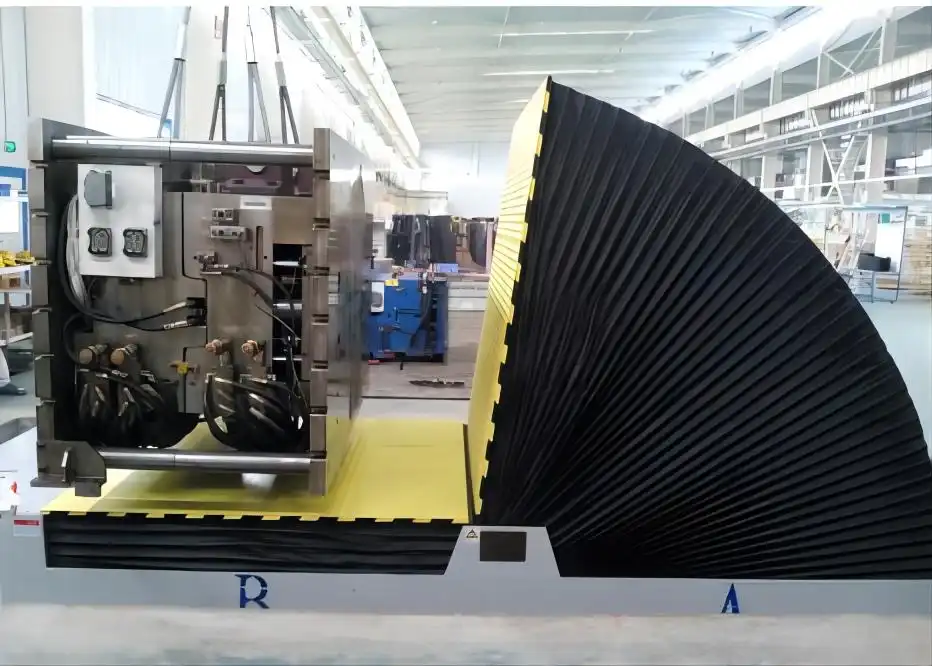
I've guided many clients through this selection process. The goal is to make a decision based on data and logic, not just a sales pitch. Let’s walk through the key steps to ensure you invest in the perfect tool for your steel mill.
Step 1: Define Your Load
This is the absolute foundation of your decision. You need to gather precise data about the objects you will be turning.
| Parameter | Why It's Critical | How to Define It |
|---|---|---|
| Maximum Weight | Determines the machine's required lifting capacity. Always add a 20-25% safety margin. | Check the technical drawings or weigh your heaviest mold. Don't guess. |
| Dimensions (L x W x H) | Defines the required size of the flipper's table or platform. The mold must fit securely. | Measure your largest and smallest molds to define the full operational range. |
| Center of Gravity | Crucial for stability during turning. An off-center load exerts very different forces. | This is the most technical part. It's often on the mold's design drawings. If not, you must work with an engineer to estimate it. |
Getting this data right is non-negotiable. A machine designed for a centered load can fail if used with a highly off-center one, even if it's below the weight limit.
Step 2: Choose the Right Engineering Design
With your load data in hand, you can now evaluate different machine designs. The biggest choice is typically between mechanical and hydraulic drive systems.
-
Mechanical Flippers (Screw Jack or Chain Drive):
- Pros: Generally simpler to maintain, no risk of hydraulic fluid leaks, often more energy-efficient for standard loads, and can be more cost-effective.
- Cons: May have limitations with extremely heavy or severely off-center loads. The movement might be less smooth than hydraulic systems.
- Best for: Most standard mold applications up to around 50 tons where loads are relatively consistent. From my experience, a robust chain drive system is incredibly reliable and easy for a plant's maintenance team to service.
-
Hydraulic Flippers:
- Pros: Can handle extremely heavy and unbalanced loads, provides immense and smooth power, and offers precise speed control.
- Cons: More complex system with pumps, valves, and hoses that require specialized maintenance. Potential for messy and hazardous fluid leaks if not maintained properly.
- Best for: Very large steel mills handling exceptionally heavy molds (>50 tons) or objects with a significantly off-center point of gravity.
Step 3: Insist on a Factory Acceptance Test (FAT)
This is my final piece of advice, and it's one I feel very strongly about. Before the machine ever leaves our factory, we invite the client to a Factory Acceptance Test (FAT). You should demand this from any supplier. During the FAT, we test the machine with a load that simulates your heaviest and most awkward mold. Your own engineers can see it run, ask questions, and request minor adjustments. This process builds confidence and ensures there are no surprises during the final installation at your site. It turns the purchase from a transaction into a collaboration, which is the foundation of a true partnership.
Conclusion
Investing in the right mold flipper is a strategic move. It enhances safety, boosts throughput, and provides a clear path to higher profitability for any modern steel mill.




